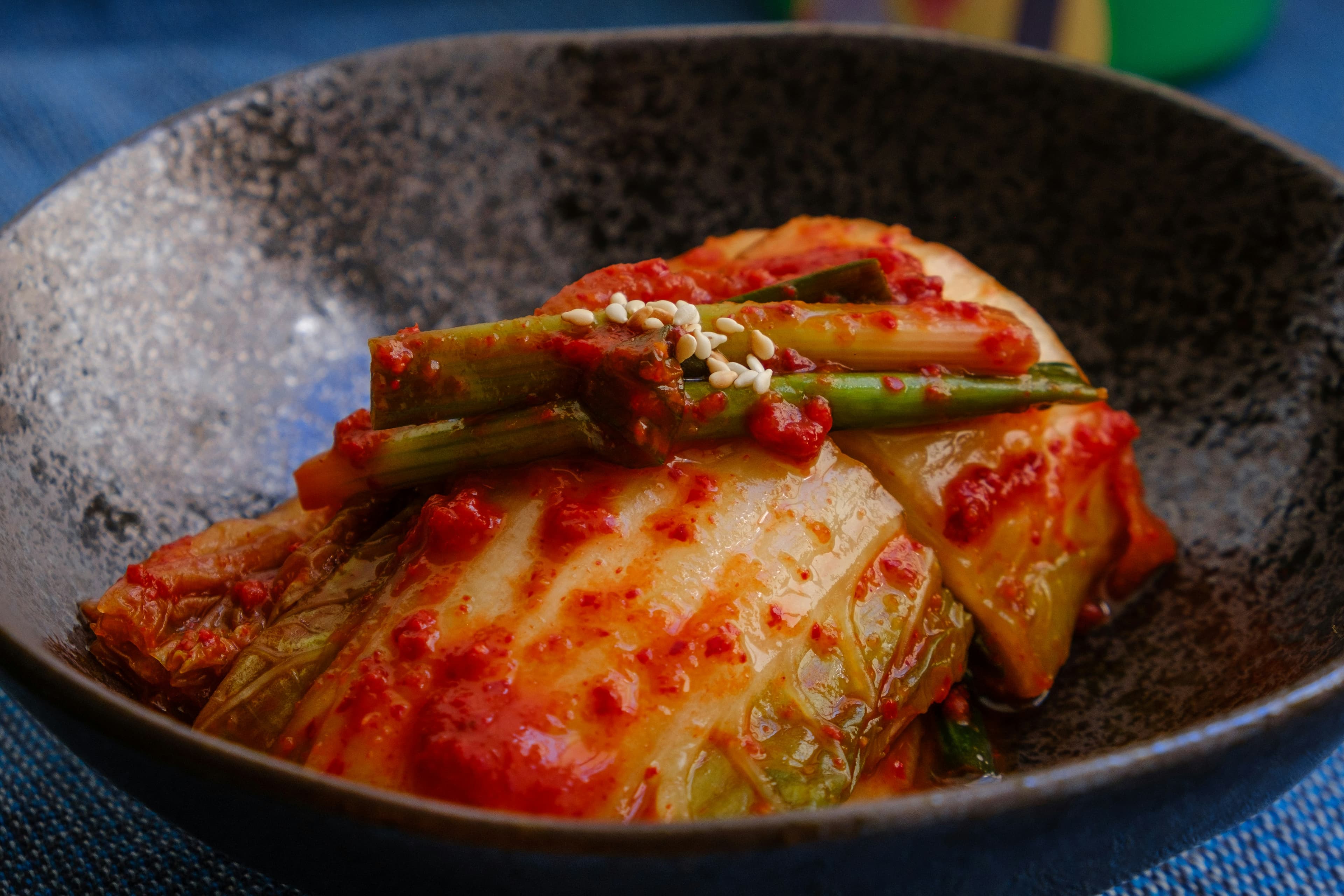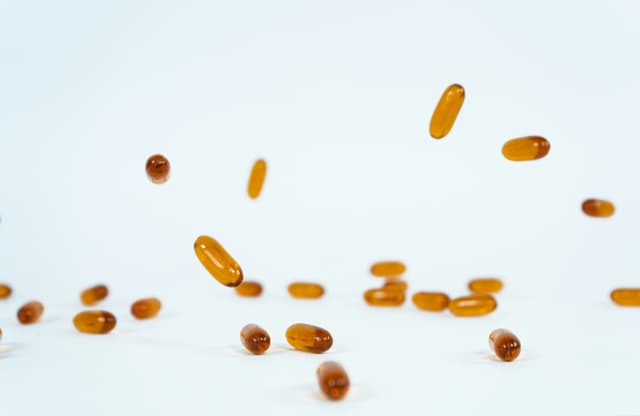In a world obsessed with the next superfood or miracle supplement, it’s ironic how often we forget the ancient culinary wisdom sitting right under our noses—or more accurately, bubbling away in jars on our grandmothers’ kitchen counters. Fermented foods, rich in flavor, culture, and microbial life, have sustained civilizations for centuries. And yet, only recently have modern science and nutrition started to truly understand their remarkable benefits.
Fermentation isn’t just a quirky health trend for kombucha lovers and sourdough nerds. It’s a deeply rooted global tradition, a survival strategy, and, increasingly, a key player in the future of food sustainability and health.
The Ancient Origins of Fermentation
Long before refrigeration, people around the world turned to fermentation to preserve food. This natural process—where microorganisms like bacteria and yeast convert sugars into acids, gases, or alcohol—extends shelf life and, in many cases, boosts the nutritional value of the food.
Early evidence of fermentation dates back over 9,000 years. From Neolithic beer brewed in China to fermented milk in ancient Mesopotamia, humans learned to manipulate microbes long before they understood them. Fermentation was more than a method of preservation; it was alchemy, culture, and community.
Why Fermentation Matters Today
Fast forward to the 21st century, where processed foods dominate diets and gut-related illnesses are on the rise. Fermented foods offer a kind of antidote—a return to complex flavors, nutrient-dense ingredients, and health-promoting bacteria.
Modern research links fermented foods to improved digestion, stronger immunity, and even mental health through the gut-brain axis. As we navigate a world of antibiotics, stress, and ultra-pasteurized everything, these living foods provide a rare dose of what our bodies actually crave: balance.
Global Fermentation Traditions
What makes fermentation so fascinating is how universally it appears in human culture—yet always with a local twist. Let’s take a trip around the globe and explore some iconic fermented delights.
Kimchi – Korea
Kimchi, the fiery fermented cabbage dish, is a national treasure in Korea. It’s traditionally made in large batches during Kimjang, a communal winter preparation. Bursting with garlic, chili, ginger, and umami, kimchi isn’t just a side dish—it’s a symbol of resilience and identity.
Beyond its bold flavor, kimchi is a probiotic powerhouse. Some studies suggest it may lower cholesterol and improve insulin sensitivity. Koreans eat it with almost every meal, and many credit it as part of their low obesity rates and high life expectancy.
Sauerkraut – Germany
Sauerkraut (meaning “sour cabbage”) might seem simple, but this humble dish has a complex profile. Made by fermenting finely shredded cabbage with salt, it’s tangy, crunchy, and deeply satisfying.
European sailors used sauerkraut to prevent scurvy on long voyages due to its high vitamin C content. Today, artisanal versions include spices like juniper berries and caraway seeds, and it’s enjoying a resurgence among gut health enthusiasts and foodies alike.
Miso – Japan
Miso is more than soup. This fermented soybean paste is the backbone of countless Japanese dishes, from marinades to glazes to broths. Fermented with koji mold, salt, and sometimes rice or barley, miso develops its umami depth over months—sometimes even years.
Different regions of Japan boast different miso styles, from the light and sweet shiro miso to the robust and aged aka miso. Miso contains not only probiotics but also essential amino acids and minerals. It’s a culinary staple with medicinal overtones.
Kefir – Caucasus Mountains
Kefir, a tangy fermented milk drink, originated in the Caucasus Mountains, where it was known as the “drink of the prophets.” Made by fermenting milk with kefir grains (a symbiotic mix of bacteria and yeast), kefir has a slightly effervescent texture and a sharp bite.
Rich in B vitamins, calcium, and live cultures, kefir is often better tolerated by the lactose-sensitive. Studies suggest it may improve bone density, digestive health, and reduce inflammation.
Injera – Ethiopia
Injera is more than just a fermented flatbread; it’s a plate and utensil rolled into one. Made from teff, a tiny ancient grain rich in iron and fiber, injera is fermented over several days, developing a slightly sour taste and a spongy texture.
In Ethiopian cuisine, injera is the foundation—literally and figuratively—of every meal. The fermentation process increases its bioavailability of nutrients and enhances its digestibility.
Tepache – Mexico
A lesser-known but deliciously refreshing drink, tepache is a lightly fermented pineapple beverage from Mexico. Made by fermenting pineapple rinds with brown sugar and spices, it’s fizzy, sweet, and mildly alcoholic.
Tepache is an example of how fermentation was—and still is—a way to use every part of the plant, reduce waste, and create something unique and flavorful.
The Science of Fermented Foods and Gut Health
The real magic of fermented foods lies in their live cultures—the friendly bacteria that help break down food in our digestive systems. These probiotics can crowd out harmful microbes, produce vitamins, and even influence neurotransmitters like serotonin.
Fermentation also increases the bioavailability of certain nutrients. For example, fermenting cabbage to make sauerkraut increases its vitamin C content. Likewise, fermentation can reduce anti-nutrients like phytic acid, making minerals more absorbable.
Some studies also point to fermented foods reducing markers of inflammation and improving immune response. A 2021 study published in Cell found that a diet high in fermented foods increased microbiome diversity and reduced inflammatory markers in healthy adults.
Myth Busting: Fermented Foods Aren’t a Cure-All
It’s tempting to think of fermented foods as magic bullets—but moderation and variety are key. Not all fermented foods contain live probiotics (especially if they’re pasteurized). And not every probiotic survives stomach acid to reach the gut.
Also, people with certain conditions, like histamine intolerance or IBS, may react poorly to some fermented items. It’s always best to listen to your body and consult a nutritionist if needed.
Modern Revival and DIY Culture
The modern revival of fermentation owes much to the DIY food movement. In kitchens from Brooklyn to Berlin, people are rediscovering the joy of pickling, brewing, and baking. There’s something deeply satisfying about watching a jar of vegetables transform over days into something tangy and alive.
Social media has played a role too, with creators sharing their bubbling sourdough starters and kombucha SCOBYs. Workshops and fermentation festivals are springing up worldwide. In an age of sterile, pre-packaged convenience, fermentation feels raw, real, and empowering.
Tips for Incorporating Fermented Foods into Your Diet
If you’re new to fermented foods, start slow. Here are a few ideas:
Add a tablespoon of sauerkraut to your salad or sandwich.
Swap soda for a glass of kombucha or kefir water.
Stir a spoonful of miso into your soup after cooking.
Try tempeh instead of tofu for a fermented twist.
Use yogurt as a base for dressings and marinades.
Remember: small, consistent doses are more beneficial than occasional binges.
Potential Side Effects and Precautions
Some people experience bloating or gas when introducing fermented foods—this is usually a sign of your gut flora adjusting. Start with small portions and gradually increase.
Be cautious with homemade ferments. Use sterilized equipment, follow reputable recipes, and watch for signs of mold or spoilage. And for those on medications or with compromised immune systems, check with a healthcare provider before making big changes to your diet.
Rediscovering Tradition in a Fast-Food World
In our hyper-industrialized food system, fermentation offers a powerful reconnection—to nature, to culture, and to ourselves. These foods teach us patience, presence, and the value of microbes we can’t see but that shape our health in profound ways.
As the modern world races forward, perhaps the secret to nourishment lies in slowing down, embracing the bubbling chaos of life, and trusting in the wisdom of age-old traditions.
Whether it’s a spoonful of kimchi, a swig of kefir, or the spongy bite of injera, fermented foods offer more than taste—they offer a reminder that some of the best things in life come with time.
Loading...



